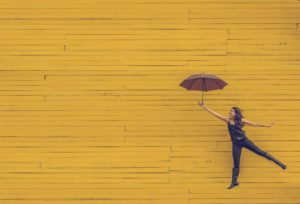Patterns
Differences between Western and Eastern Medicine in creating a diagnosis is diagnostics and pattern differentiation. Recently, I have noticed Western Medicine (WM) becoming more interested in patterns in a person’s life which create their present. Asian Medicine (AM) has always known this as an integral aspect of diagnosis. It is one of the reasons an intake form from an AM practitioner seems to ask more odd questions. AM includes practitioners of Traditional Chinese, Classical Chinese, 5 Element Theory, Ayurvedic and Japanese Medicines.
Diagnostic tools of Western Medicine includes checking temperature, heart rate, blood pressure, weight, blood analysis, perhaps x-rays, ultrasounds, etc. These technological tools are all objective and don’t necessarily need a human to interpret the results, the machines and computers accomplish this.
Diagnostic tools of Asian Medicine includes listening, observing and palpating. We listen not only to what a person says, but the tenor and strength of their voice. Observation includes color of skin, particular smells (challenging with face masks and shields), soul/spirit presence and more. Feeling the pulses of the 12 major meridians at the wrists and listening to what they can tell us not only in present time but distant pasts. Abdominal palpation is also a major aspect of diagnosis in Japanese Medicine in particular. You may think these tools are all subjective, and compared to WM they are. However, if 2 or more AM practitioners examine the same person, they will often result in similar pattern diagnostics. This is not a coincidence.
Signs and symptoms of a particular pattern will vary depending on the patient’s constitution, gender, amount and time of “evil” exposure and other factors. Patterns in Asian Medicine may include Stomach Qi Deficiency, Blood Stagnation, Organ or Structural imbalances, Water or Qi Stagnation, Kidney Essence Deficiency and more. Yes, they sound vastly different than the diagnosis your primary physician with training in Western Medicine!
In the past pandemic year, I have been studying with a Japanese – American scholar of Chinese classic texts who integrates this wisdom with hands-on treatments from Japanese Masters. She asks herself and those who study with her: what is the pattern? Treat the pattern, not the symptom. Treating the pattern will resolve many of the symptoms. Palpation of reflex points on the abdomen, meridian fire points and other areas are needed to know what patterns are involved. Patterns are created over years and are not “fixed” with 1 treatment. A particular reflex is cleared in a session but may present at the following appointment so it needs to be cleared again. This is why some treatments are often repeated.





